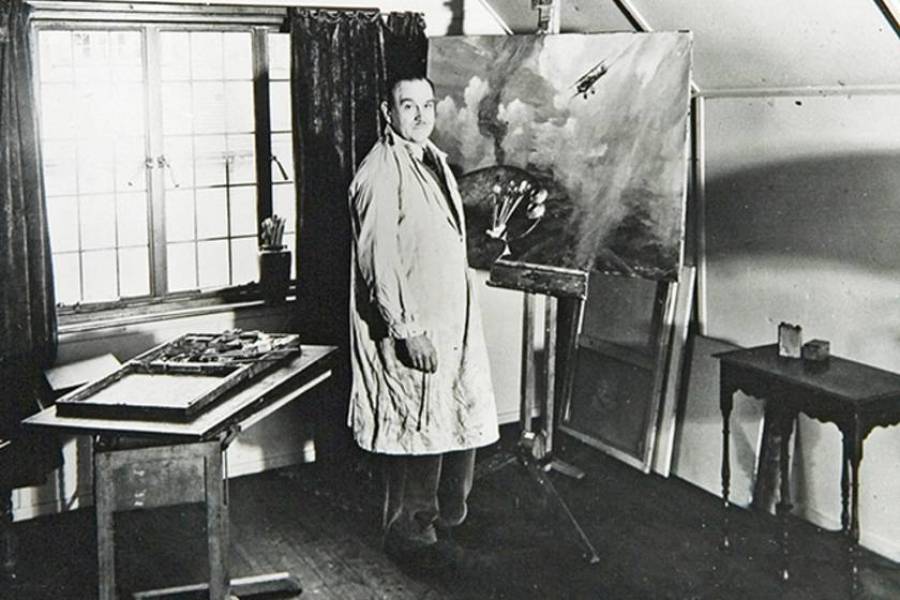Frederick Gordon Crosby
The author of the famous Jaguar emblem

1885 – August 1943
Frederick Gordon Crosby is the English automobile artist and the author of the famous Jaguar emblem. He worked for "The Autocar" for many years and pioneered sectional car drawings: the body parts in his drawings were dismantled, and the internal components of the car were drawn with amazing accuracy and the correct location relative to each other. During the First World War, he worked on the creation of accurate drawings of crashed German aircraft at the Air Transport Ministry, leaving no drawing in gouache and pencil. His work was exhibited three times at the Royal Academy (Royal Academy), the first time - in 1916: the painting depicted one of the first German airships (zeppelin), shot down by British aircraft. Gordon Crosby was friends with MG's Cecil Kimber, and when the first race car was produced in 1929, del MG Mark III 18/100 Tigress, Crosby made a bronze tiger as the symbol of the model. But the model's fate was sealed: the MG M-Type Midget, introduced in 1930, was more reliable, faster and lighter, and as a result of the debut race, the Brooklands Double Twelve led the MG team to the podium, while the Tigress retired due to engine problems. As a result, only 5 copies of Tigress were built and the project was closed. Perhaps that is why, when William Lyons chose an animal for the emblem of his cars, Crosby turned his tiger into a jaguar. Lyons was looking for a symbol that embodies strength, swiftness and power (“Just not a symbol that looks like a shot cat” - he commented on one of the projects of the company where he ordered), and Gordon Crosby's jaguar best suited his requirements. Despite, that from time to time the outlines of this graceful animal changed, its figure until the early 1960s adorned the hoods of all cars that left the company's factories. Then they decided to remove it for safety reasons, replacing it with a flat emblem on the hood, but this figure itself was offered to each client as an option.